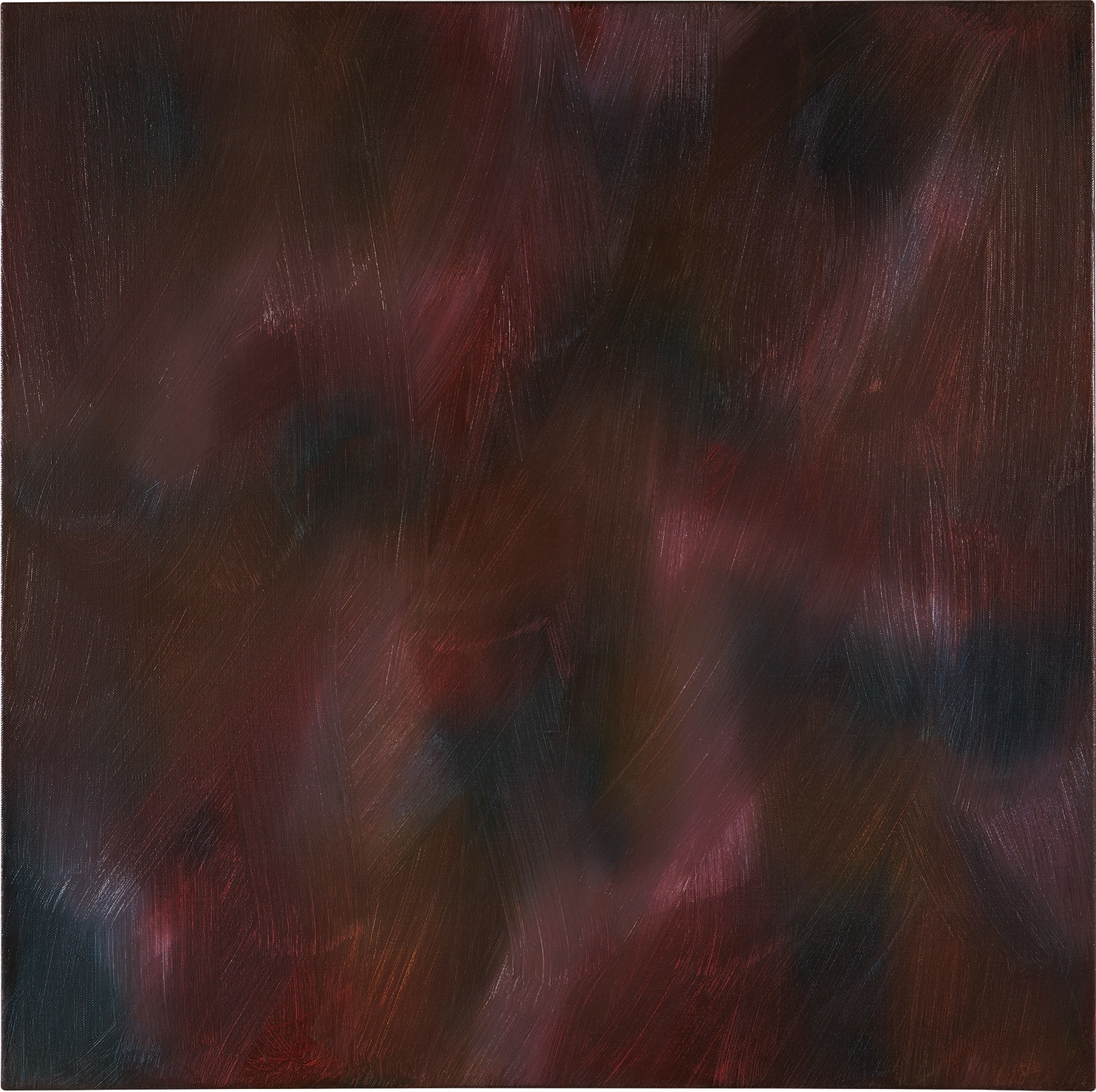

Property from an Important Private Collection
115Ο◆
Gerhard Richter
Rot-Blau-Gelb
Full-Cataloguing
Remaining in the same esteemed private collection for over 20 years, Gerhard Richter’s Rot-Blau-Gelb, 1972, beautifully exemplifies the artist’s burgeoning interest in color and exploration of gestural abstraction in the early 1970s. The three primary colors of red, blue and yellow here beautifully interweave into a suffused pictorial space enlivened by dynamic gestural brushstrokes. Painted in 1972, the same year that Richter represented Germany at the 36th Venice Biennale, this work belongs to the artist's broader Vermalungen (Inpaintings) series, other examples of which reside in such major museums as the Museum Kunstpalast and the Kunstsammlung in Düsseldorf, and the Kunsthalle Bremen. Embracing a painstaking painterly process, in this body of work Richter would first begin by covering the canvas with circular areas of red, blue and yellow color and then moving his brush across the wet surface – allowing the pigments to mix to stunning and varied effect. This almost mechanical process underlying Rot-Blau-Gelb importantly represented a radical breakthrough for Richter, one that would set the foundation for Richter’s acclaimed corpus of Abstrakte Bilder.
Richter’s Rot-Blau-Gelb series speaks to a seminal development in the artist’s practice, one in which he embraced “the break in style as a stylistic principle” (Klaus Honnef, Gerhard Richter Paintings, exh. cat., Museum of Contemporary Art, Chicago, 1988, p. 74). Having achieved critical acclaim for his photo paintings, in the mid-1960s Richter sought to expand his artistic approach by exploring the conceptual possibilities of painting. The years between 1968 and 1976 represented undoubtedly the most experimental and diverse period in Richter’s oeuvre. At the same time as he continued to create his photorealistic paintings, he also embarked upon his Farben (Color Charts), Graue Bilder (Gray Pictures) and the culminating Vermalungen series. As Dietmar Elger has put forward, together these series can be viewed as a conceptual unit, in which “Richter succeeded...in creating skillfully crafted, high-grade aesthetic paintings of the abstract and the undepictable” (Dietmar Elger, Gerhard Richter Catalogue Raisonné Nos. 198-388, Volume 2, 1968-1976, Berlin, 2017, p. 29).
Based on photographic enlargements of brushstrokes, Richter’s Vermalungen encapsulates the poles of photorealism and abstraction so characteristic of Richter’s conceptual practice. While Richter initially painted in an exclusively gray palette, the present work speaks to Richter’s increasing interest in color that would culminate in the discrete Rot-Blau-Gelb series of 1972 and 1973. As Richter declared of this series, “The different hues and forms develop with the continual movement of the brush, bringing forth an elusive spatiality without my having to invent forms and signs: the brush moves along a given path from color spot to color spot, first mediating, then more or less destroying, and mingling until there is nothing left untouched, until there is almost a hodgepodge, an equal expanse of interwoven form, space, and color” (Gerhard Richter, quoted Gerhard Richter Paintings, exh. cat., Museum of Contemporary Art, Chicago, 1988, p. 78). With an irreverent nod to the avant-garde’s idealization of primary colors, Richter provocatively allows them to mingle as an act of defiance against any ideology.
Drawn to chance procedures and the randomness of gesture, Richter’s abstract compositions brilliantly challenge the possibilities and optical limits of color – freeing them from any representative or symbolic function. As Michael Hübl describes, “But the colorful and lively canvases that Richter began in the mid 70s offer completely new views of the nonobjective world…at times…it seems as if he wants to go down in history as the J.M.W. Turner of the Informel movement…He undermines this spontaneity by going over the freshly painted surface with his scraper, blurring the structure of the brushstrokes” (Michael Hübl, “The Melancholist of Virtuosity”, ArtNews, February, 1989, p. 124). Zooming into the very act of painting, Richter’s strokes are gestural without being expressive, the painterly surface remaining entirely non-referential in a way that represented a breakthrough in the artist’s shift towards abstraction. Indeed, his technique of pulling a brush through the wet paint in these works clearly figures as a precursor to the quasi-mechanical process inherent to his squeegee technique in his Abstrakte Bilder.
Gerhard Richter
German | 1932Powerhouse painter Gerhard Richter has been a key player in defining the formal and ideological agenda for painting in contemporary art. His instantaneously recognizable canvases literally and figuratively blur the lines of representation and abstraction. Uninterested in classification, Richter skates between unorthodoxy and realism, much to the delight of institutions and the market alike.
Richter's color palette of potent hues is all substance and "no style," in the artist's own words. From career start in 1962, Richter developed both his photorealist and abstracted languages side-by-side, producing voraciously and evolving his artistic style in short intervals. Richter's illusory paintings find themselves on the walls of the world's most revered museums��—for instance, London’s Tate Modern displays the Cage (1) – (6), 2006 paintings that were named after experimental composer John Cage and that inspired the balletic 'Rambert Event' hosted by Phillips Berkeley Square in 2016.